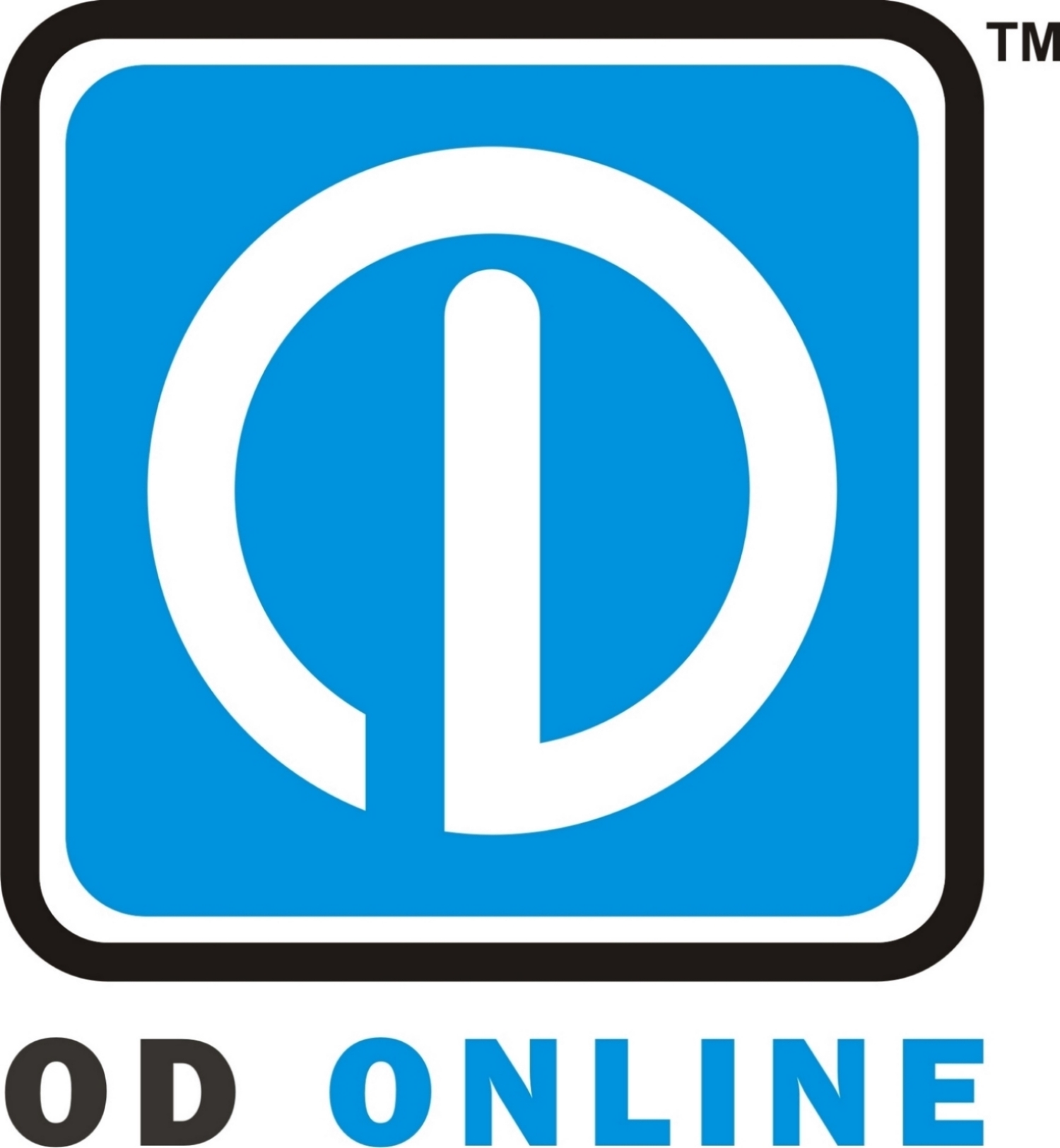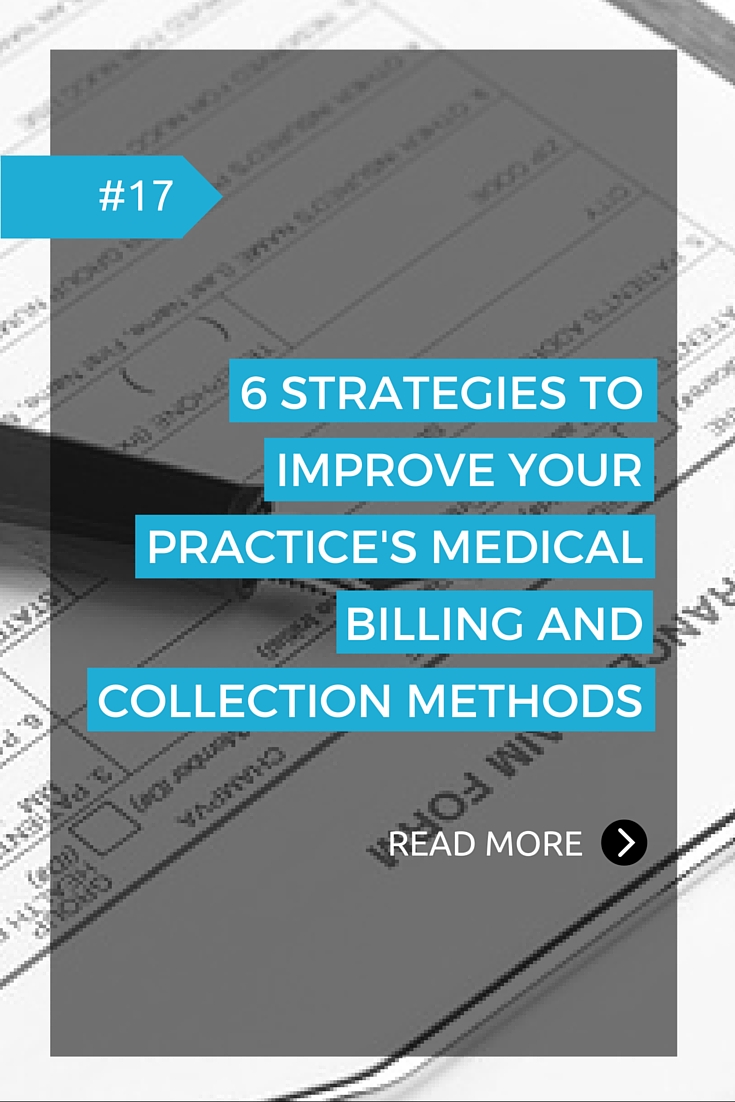In a study conducted by the Medical Group Management Association, 23% of total patient services revenue is attributed to collections from patients. It’s an issue for many practices, with 60% of respondents reporting it as a considerable challenge.
It’s an even bigger challenge for smaller practices who have leaner budgets. When medical billing takes a hit, your practice cannot afford more revenue loss from other areas such as ICD-10 coding errors and Meaningful Use requirements.
Getting patients to pay will continue to be a growing problem – with patients facing larger medical bills due to rising high-deductible plans.
You can help minimize the impact and get your practice’s revenue cycle back on track with these tactics.
1. Discuss payment options during patient’s office visit
While a majority of practice offer recurring payment plans or installment options for outstanding balances, there only about 25% offer those options at the time of service (MGMA). By communicating clearly with the patient their payment options, your practice effectively sets expectations that can help your practice achieve your billing goals.
2. Ensure claims are submitted quickly and accurately
About 70% of claims are paid the first time they are submitted, however for the claims that didn’t go through, the practice is likely to not see any reimbursement. Out of the claims that are denied, lost, or ignored, 60% is never resubmitted. To combat this, it’s important to catch possible denials before claims are submitted.
Software solutions that regularly updates helps ensure that your practice has the latest resource on the latest claim denial trends. Look for cloud-based software solutions such as OD Online’s Practice Management and EHR that improves collection rates by increasing first pass submission rates, speeding up the collections process, and decreasing work for staff.
3. Train staff to collect
The front office is the first line of defense for your practice before a patient sees you. A great time to bring up outstanding bill is when your staff calls to confirm an upcoming appointment by communicating the balance left along with payment options available. It’s important to make clear that the balance must be paid before their next appointment.
Collecting on overdue accounts can be uncomfortable, so providing staff with scripts can provide guidelines on how they can deal with patients in a respectful and courteous manner.
4. Select and use effective medical billing software
Practice management and medical billing software can help streamline the collections process by providing insight into tracking past due bills, red flagging patients who have fallen behind payments, and automating late fees.
5. Make paying easier
Whether it slipped their mind to make a payment or they just don’t have the means to, most patients do have the intention to pay. Offering different payment options can help them make good on their purchase. Look into offering payment plans and interest-only payments.
In addition, try to make the process of paying bills easier for your patients such as accepting paying online, automated bill pay, and upcoming payment reminders via email or text. The benefit of online bill pay is that it will incentivize your patients to use your patient portal, a requirement for meaningful use.
6. Refine strategies and track results
Schedule time every month to review collections and get status on collections of payments. Get feedback from your team on what strategies are working to find ways to make the collection process more effective.
Software with the ability to schedule and pull reports not only assist with ongoing performance tracking, but also comes in handy when there is a need to generate custom reports quickly. Combined with reports such as inventory and commission, you’ll gain a holistic view on your practice’s performance.
As the process for billing and collections becomes more complex, optometry practices can ease the headache by solidifying processes to ensure your practice is getting paid. Making the decision to purchase or update practice management software is a big step towards upgrading your practice’s accounts receivables.



